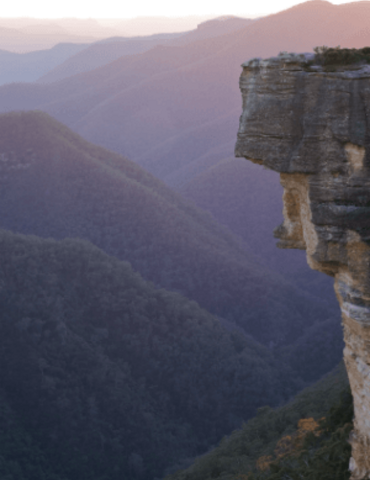Kanangra Boyd National Park Plan of Management
Kanangra-Boyd National Park, together with Blue Mountains, Wollemi, Gardens of Stone, Nattai, Thirlmere Lakes and Yengo National Parks and Jenolan Karst Conservation Reserve, has been recently inscribed on the World Heritage List as the Greater Blue Mountains World Heritage Area.
The park exhibits natural values which are significant on a local, regional and continental basis and important to our understanding of long-term evolutionary and climatic processes. In particular, the park protects important ecological refugia, including: the plateau escarpments, where protection from fire and drought enables remnant rainforest communities to occur, a sub-alpine refuge consisting of snowgum communities, subalpine swamps and bogs and karst areas which demonstrate geomorphological processes typical of limestone.
The park also includes the headwaters of the Kowmung, Kanangra and Jenolan River systems which supply potable water to Sydney's major water storage at Lake Burragorang (Warragamba Dam).
Kanangra-Boyd National Park is a major wilderness and scenic resource. Although most visitors are day users, a significant proportion are attracted by wilderness bushwalking, adventure caving, canyoning and camping opportunities.
See also: Greater Blue Mountains World Heritage Area Strategic Plan (2009).
Photo: Kanangra Boyd National Park / Botanic Gardens Trust/Simone Cottrell
